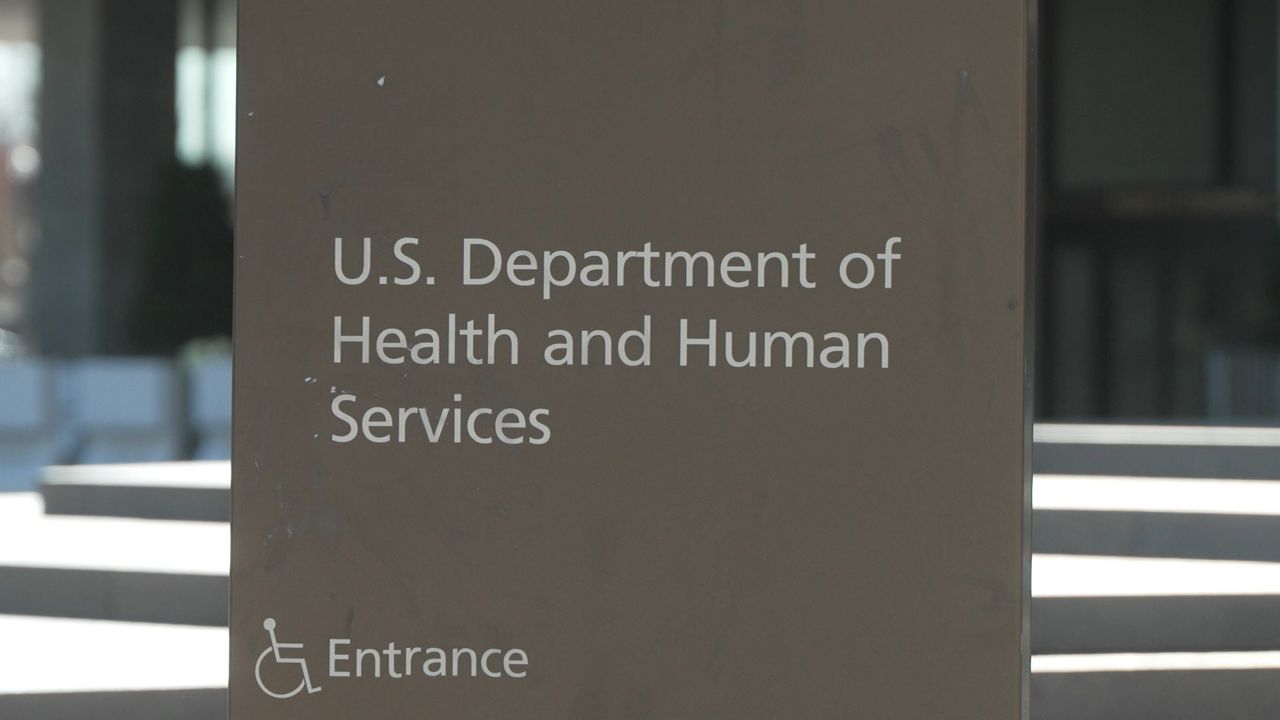COLUMBUS — For Spectrum News anchor Mindy Drayer, the topic of caregiving hits close to home. That’s because for more than a year, she and her siblings have taken on the role of primary caregiver for their 92-year-old mother, Carm.
“When you love someone, and you’re so used to seeing them be everything, do everything, mean everything to everyone, and you start to have those little pieces taken away, it’s tough," Drayer said. "It’s really tough."
“Most of us begin our caregiving role way before we even recognize that we are caregivers,” said Anna Goubeaux, support nurse at Ohio Council on Aging.
She points out grocery store runs and going along to doctor appointments are examples of ways family members fill in as their loved ones age.
Too often, it’s a traumatic event like a fall or a new diagnosis that pushes families to consider that what they are doing is caregiving, and that their loved one's needs are growing.
For the Drayer family, a slow slide into illness ignited the adult children to step up their care in order to keep their mother, Carm, out of a nursing home. According to Miami University’s Center for Gerontology’s Bob Applebaum, Ph.D., more than 70% of severely disabled adults live in their own homes, no longer going immediately into a nursing home, as was the case decades ago.
According to the Council on Aging, family caregivers like Mindy spend an average of 24 hours a week providing care.
“We’ve been fortunate because I work when I want to work or when I can work… I’m the one, along with my siblings, taking care of mom,” said Drayer.
Unexpected help has come to the Drayer family from hospice.
“I think when most people hear the word hospice, they’re, 'I’m so sorry,' because that’s the end," Drayer said. "I thought that too. That’s not the case.”
Hospice has been coming to the house twice a week to monitor her mom, check vitals, administer medications, and sit and talk with Carm to gauge how she is doing. The hope is that she will soon graduate from hospice services.
Carm Drayer is clear: she doesn’t want to live in a nursing home, and she doesn’t want to leave the home where she raised her kids, while Mindy is grateful for the opportunity to be the person her mother needs.










